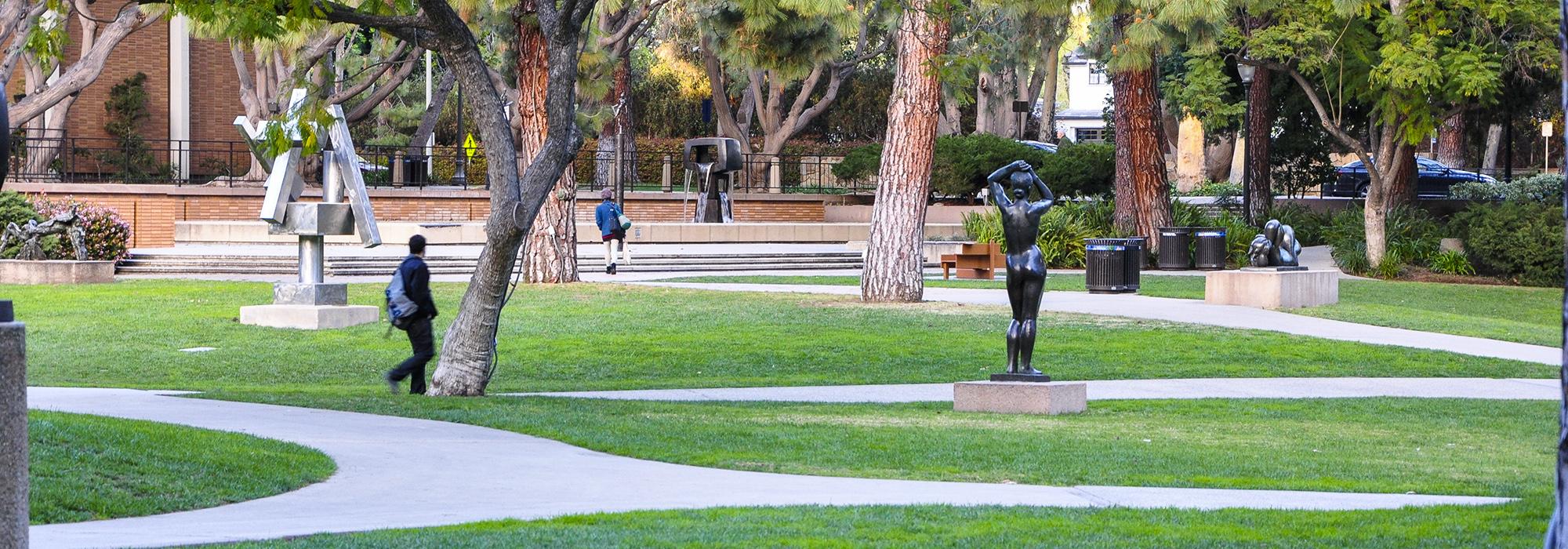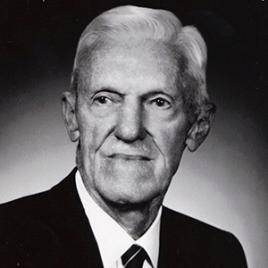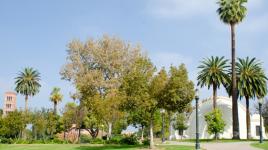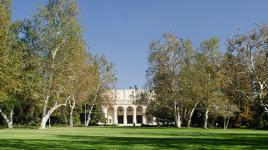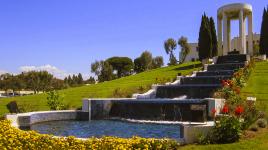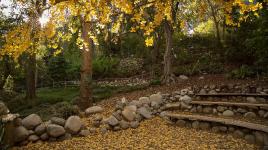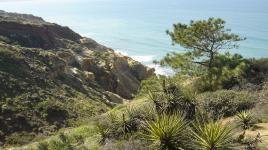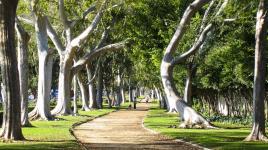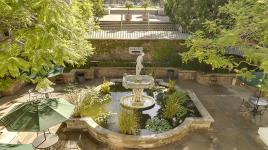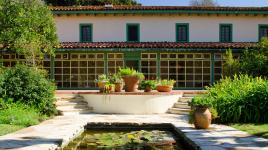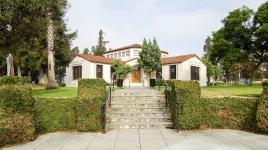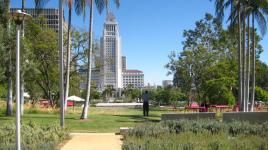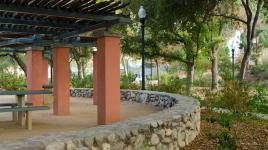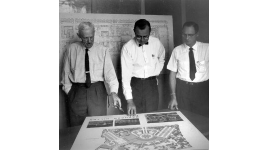Pioneer Information
Born in Holdrege, Nebraska, in 1890, Cornell relocated to California with his family when he was 18. He graduated from Pomona College in 1914 and earned an M.L.A. from Harvard University in 1917. He worked briefly with Harries & Hall Architects in Toronto before serving in the U.S. Army during World War I. In 1919 he opened one of the first landscape architecture practices in Los Angeles. As a solo practitioner and in partnership with others, Cornell championed design restraint, thoughtful indigenous plantings, and preservation of the native landscape as a cultural necessity for posterity. Early in his career, Cornell partnered with native plant pioneer Theodore Payne on small regional parks and several master plans for Torrey Pines State Preserve. Some of his most acclaimed projects include Beverly Gardens, the 22-block strip park in Beverly Hills, Glen Haven Memorial Park, and the restoration of the historic grounds at the Rancho Los Cerritos adobe, now a National Historic Landmark. He oversaw long-term master planning and design efforts at Pomona College, University of California, Los Angeles, and University of Hawaii. A Fellow of the American Society of Landscape Architects, he was called “dean of landscape architects” by his colleagues, and was influential on several generations of younger practitioners, including Thomas Church and Ruth Shellhorn.



